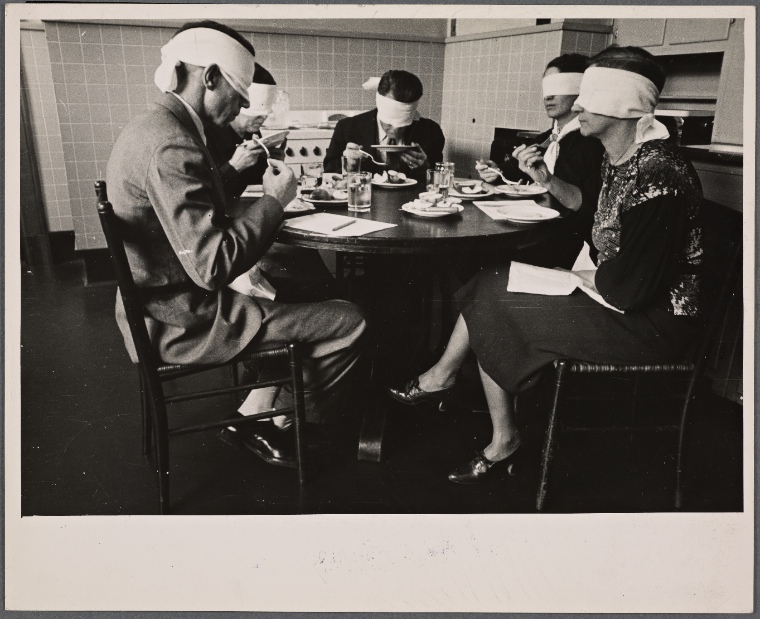An important photography archive at the New York Public Library has recently been re-discovered, partially digitized, and cataloged. The archive includes over 41,000 prints from Farm Security Administration photographers, which were collected and sent to the NYPL by FSA founder Roy Stryker. It includes some prints previously unknown, and many that are not included in the Library of Congress Farm Security Administration/Office of War Information Photograph Collection.
The New York Public Library has not only digitized more than 1,000 images that do not appear in the Library of Congress online catalog, it has also made them available today on a special NYPL site. It also has another site containing the records — but no images — for all 41,000 FSA photos in their collection.
Via the Lens blog at the New York Times.

